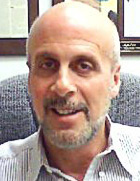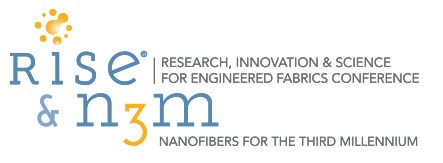

Gary S. Selwyn, PhD
President, Green Theme Technologies LLC
Since 2011, the enterprise has focused on chemical technology, process development, hardware design, intellectual property, and modification of textile finishes for new applications and green technologies. In 2003, he Founded, Chaired and was Chief Technical Officer for APJet, Inc. a company focused on IP, process development, hardware design and quality control management. His background includes serving as Project Leader at Los Alamos National Laboratory for eight years and Research Manager at IBM Watson Research where his focus was on plasma manufacturing processes and equipment for semiconductors, magnetic storage and flat panel technology. His areas of expertise includes: particulate contamination control in plasma processing, optical diagnostic techniques for plasma-based manufacturing. He is co-author of articles related to light scattering studies during plasma processing and particle trapping using radio frequency as well as author of three patents.
Tuesday 9:00am - 12:00pm
An Eye on the Horizon Session
"The Other Dry Finishing"
Abstract: Dry finishing of textiles has received much attention recently because of its potential for sustainability and for the significant reduction in water use it can provide. While these benefits are compelling and significant, most dry finishing techniques to date involve atmospheric or vacuum-based plasma. Plasma dry finishing methods are generally effective, but are generally expensive to operate and are capital-intensive. Recently we have demonstrated a new approach to dry finishing that does not involve plasma. The ChemStik® technology is a dry finishing method that does not use water or chemical solvents and is also fluorocarbon and fluorine-free. Because no emulsifiers or surfactants are used, and because the ChemStik polymer becomes chemically bonded to the yarn, extreme laundry durability has been demonstrated – in addition to the environmental benefits of the process. The dry treatment is simply heat-cured in a tenter frame, which functions as a curing oven instead of a drying oven. This keeps the capital and operational cost low. The result is a permanent hydrophobic treatment that performs better than C6 or C8 based fluorocarbon treatments, while also exhibiting exceptionally good laundry durability – while also providing an environmentally friendly treatment that is free of hazardous chemicals.

